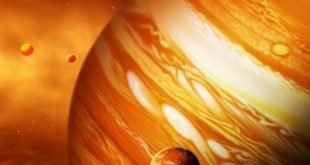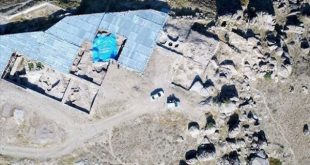 They are able to survive at high temperature and salinity.
They are able to survive at high temperature and salinity.
Scientists from the University of New South Wales discovered in Antarctica microorganisms, in which, presumably, are the precursors of viruses. These structures, which is a ring-shaped DNA molecules could evolve into infectious agents that can survive at high temperature and salinity. Article scientists published in the journal Nature Microbiology.
Viruses are molecules of DNA or RNA that are protected from the environment external shell — the capsid. It consists of proteins that are encoded in the genetic material of the virus itself. Plasmids, in turn, there are also detached from the chromosomes of the host (referred to as extrachromosomally elements) carry different genes and can be passed from one microbe to another. However, they lack the capsid and fall into another microorganism by direct contact of two cells.
The experts took samples of water from the Antarctic lakes, which due to the high salinity does not freeze even at minus 20 degrees Celsius. They found the strain Halakha (salt archaea) Halorubrum lacusprofundi R1S1 inside containing virus-like particles containing plasmid pR1SE.
Scientists have created a strain in which the plasmid was absent. It turned out that extrachromosomal elements pR1SE important for the formation of vesicles (membrane bubbles) of the correct form. The researchers analyzed the structure of proteins is encoded in DNA plasmids, and came to the conclusion that they are involved in the formation of the walls of the bubbles. Vesicles, similar to a virus capsid, transporterowych plasmid outside of the box and can be transferred to other microbes of this strain, infecting them. In addition, plasmids are able to integrate into the host genome, transferring to him certain genes.
Such a mechanism, according to scientists, meets for the first time. Plasmid pR1SE may represent an early ancestor of the viruses that infect archaea. Because archaea often live in salty, hot, or toxic bodies of water, their viruses are also able to survive in extreme environmental conditions.
© 2017 – 2019, paradox. All rights reserved.




